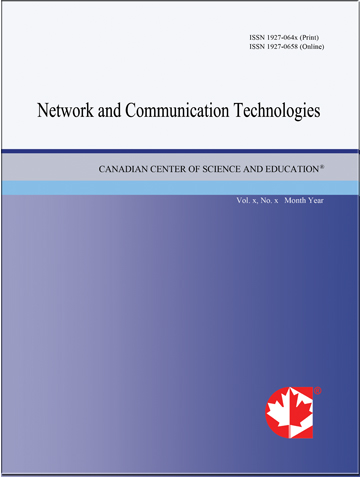Space Debris Removal under Spatial Grasp Technology
- Peter Simon Sapaty
Abstract
The threats of space debris are enormously high, which are increasing due to launch of multi-satellite constellations, especially in low-Earth orbit, with millions of pieces of junk there. Different passive and active debris removal methods are being developed like self-deorbiting of used satellites, drag sails, mechanical grasps, tethers and nets, also directed energy, lasers including. Space junk is the responsibility of the whole mankind, and the problem of managing space debris is both the international challenge and the opportunity to preserve the space environment for future space exploration missions. The paper shows how self-organized constellation networks of deorbiting satellites can organize multiple cleaning operations autonomously under the developed Spatial Grasp Technology (SGT), with cooperative involvement of the whole network and minimum interaction with costly ground antennas and stations. It also offers a unique solution where most dangerous junk items can themselves be treated as active virtual-physical items freely moving through terrestrial and celestial environments and ultimately finding, by their own initiative, the proper cleaning satellites. This can effectively organize the global junk management and removal problem, where the active junk items can keep initiative of self-removal for any time needed and using any distributed resources. A combined solution is also offered with initial global search for approximate satellite-debris matching, after which the junk is delegated its own initiative to find the absolute match by traveling around the globe as far and as long as required. The paper shows and explains different practical cleaning scenarios in the high-level Spatial Grasp Language (as key element of SGT) and possibilities of quick implementation of the approach.
- Full Text:
 PDF
PDF
- DOI:10.5539/nct.v6n1p16
Journal Metrics
(The data was calculated based on Google Scholar Citations)
1. Google-based Impact Factor (2021): 0.35
2. h-index (December 2021): 11
3. i10-index (December 2021): 11
4. h5-index (December 2021): N/A
5. h5-median (December 2021): N/A
Index
Contact
- Bruce LeeEditorial Assistant
- nct@ccsenet.org
